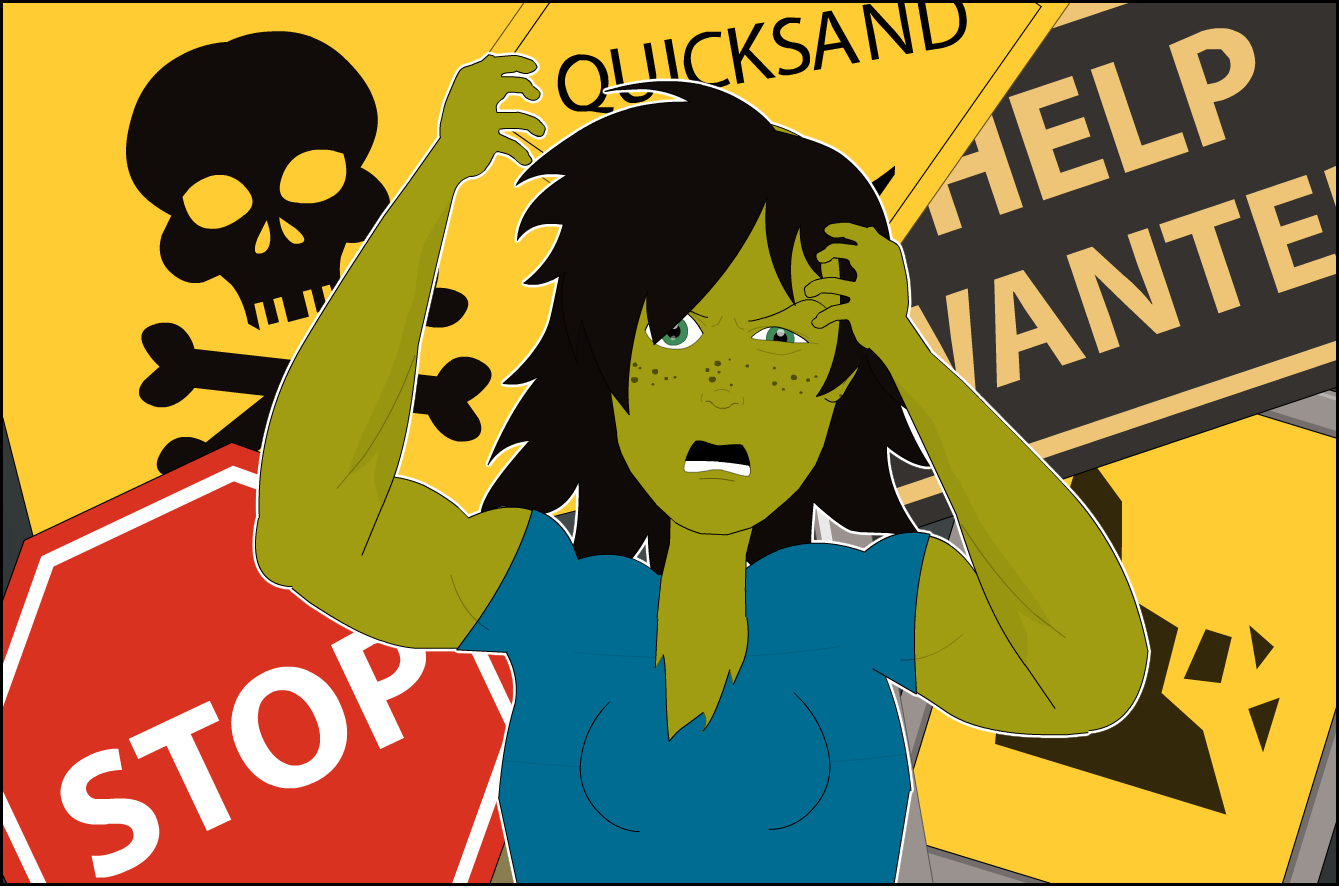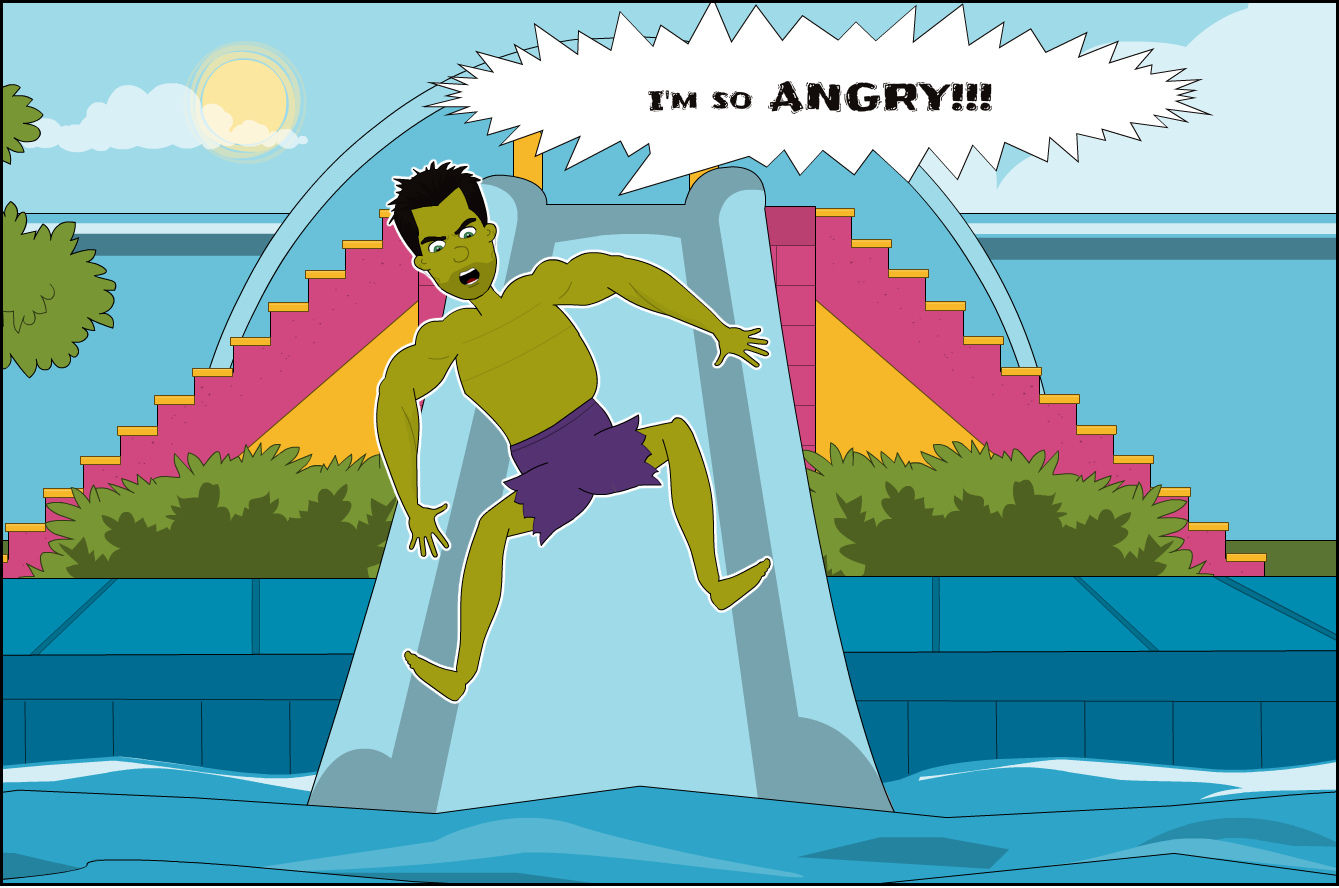
Knowing what it is like to be angry is one of the first and most important steps into helping us better manage it. To best understand our experience of anger we have broken down the emotion into symptoms (things we experience internally) and signs (things other people can see). Signs can be a wide range of behaviors that people around us can observe. Being that pretty much anything could be a sign, we want to be able to focus in on repeated behaviors (pattern) which generally accompany our anger. If you jumped into a pool one time because you were angry, that may not be a good indicator. On the other hand, if you begin to pace every time you are agitated, that would be a much better because it has happened on multiple occasions. Signs are useful because they are something we can observe. When we can cue into the fact that we are angry this gives us the opportunity to take action to prevent the problems that arise when we get angry.
What are some common signs?
As mentioned, signs that tell other people that we are mad can very from person to person, but there are some that are common; angry facial expression, increase in volume of voice (yelling), change in tone of voice (sharper or shorter), changes in use of language (cursing), pacing, throwing/punching/kicking objects. Some people may become more withdrawn, silent, avoidant, or may change different aspects of their language use, such as using someone’s formal name instead of the name they commonly use (watch out for mom if she is using your full legal name!).
How are knowing signs useful?
When looking for signs imagine that you are a character in a movie and you are watching yourself on screen. What are the things that you would be doing that would tell us that you are angry? Think about the entire spectrum of anger, from annoyance to rage, how do you look at each level? It is also very helpful to ask people around you what are the signs they notice that tell them that you are mad. They have no doubt seen you angry on many occasions and have valuable information about how you look when angered that you may not have ever noticed! Try not to take their observations as an attack, you are trying to gather as much information as possible to help yourself.
For example, a friend tells you that they know you are angry when you suddenly stop talking in a social situation. If in the future you find that you have suddenly stopped talking while out with friends and then notice you feel the symptoms of tension, increased heart rate, and increased body temperature. These signs and symptoms could all be important cues that inform you that you might be angry instead of tired or having nothing to say in general.

By learning more about the signs of anger, in addition to the symptoms, you have continued to put together a clearer understanding of what it is like for you to be angry. This information, along with situational cues, helps you see that you are angry, determine how angry you might be, then allows you to determine the right course of action. If you are unable to recognize your anger then it will be very difficult to do anything about. By being familiar with your anger as best you can, you have a better chance of preventing the issues it can cause. As GI Joe so wisely stated, “Knowing is half the battle.”
Ronald Bristow is a Licensed Clinical Professional Counselor who has been in practice since 2010. He has worked in a variety of institutional environments with a diverse population of individuals. In addition to being a counselor and all around not so angry guy, Ronald is also a Brazilian Jiu-Jitsu black belt who began practice in the martial art in 2005. Ronald has avid interests in mental health topics such as anger management, depression, and anxiety as well as general science, and hobbies.
